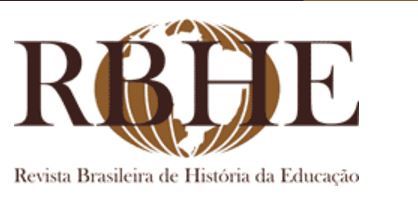Abstract:
This article analyzes the senses and meanings of captive radio for naive caboclos in radio schools in the Prelature of Guamá, in the Amazon of Pará (1961-1971). For this, the methodology used was the New Cultural History approach. The sources were identified in the Audit Court of the Diocese of Bragança with their respective ‘tombo books’, among others. In this way, it was diagnosed that the captive radio operated as an object of consumption and teaching to teach and educate naive caboclos, young people and adults. Thus, from the results, it is a fact that the operation of captive radio in radio schools is associated with other cultural artifacts, such as: antennas, chestnuts, copper wires and transmitters.
Keywords:
radio; culture school material; meaning of auditive reception

 Thumbnail
Thumbnail
 Thumbnail
Thumbnail
 Thumbnail
Thumbnail
 Thumbnail
Thumbnail



